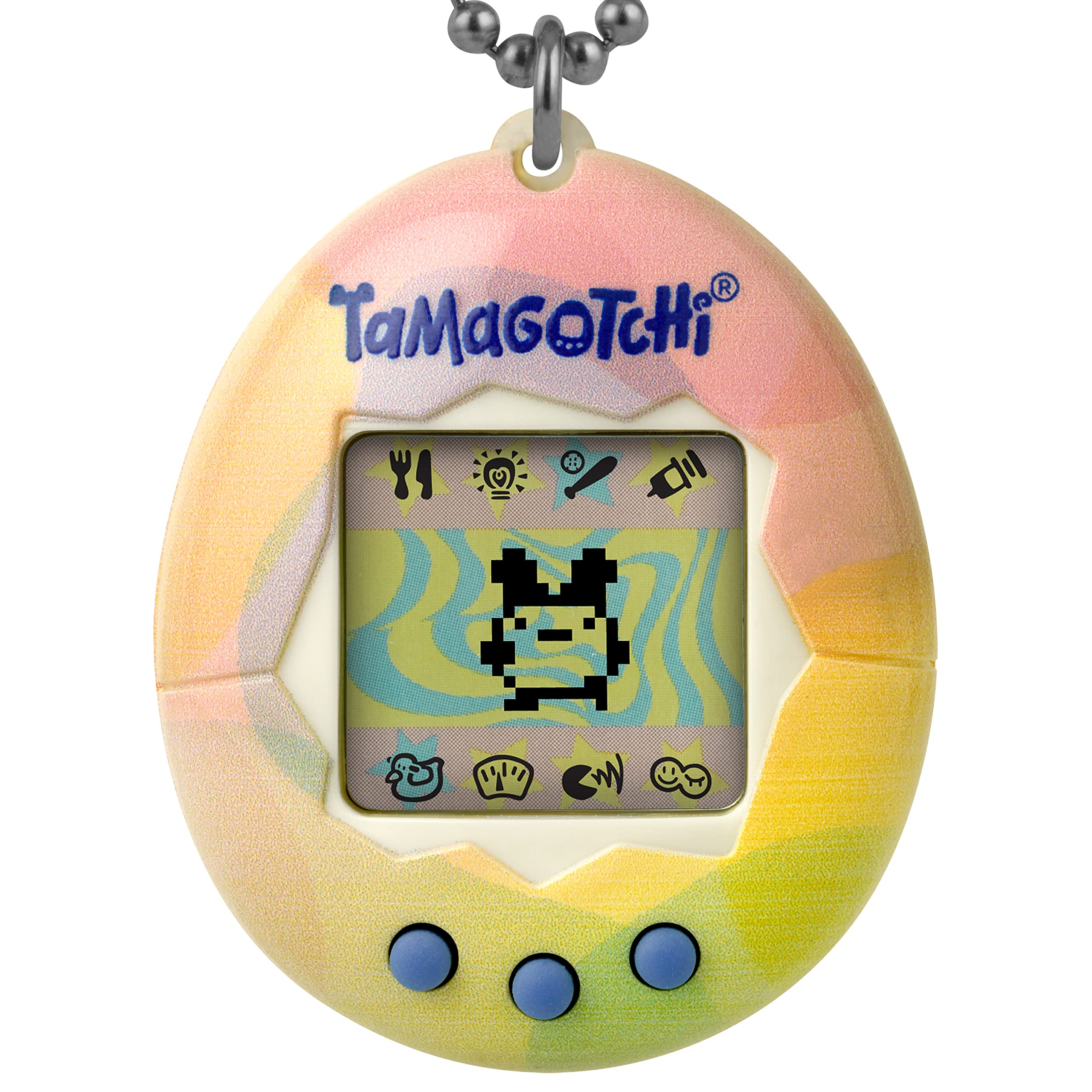Unlocking the secrets of impressive and flawless conversation starters can be a game-changer in social interactions. In this article, we dive into the world of “Que Tal” responses, uncovering their potential to transform casual greetings into captivating conversations. Join us as we explore the art of using these responses effectively and flawlessly.
Comparing “Qué Tal” and “Cómo Estás”

Qué tal and cómo estás are both common greetings in Spanish, but they have slightly different meanings and contexts.
Qué tal is a more general greeting, often used to ask how someone is doing or how things are going. It can be used in both formal and informal situations.
Cómo estás, on the other hand, is a more specific inquiry about someone’s well-being. It is typically used in informal conversations with friends or family.
When responding to qué tal, you can say bien (good), mal (bad), or regular (okay). For cómo estás, you can respond with estoy bien (I’m good), estoy mal (I’m not doing well), or más o menos (so-so).
Knowing the appropriate response to these greetings will help you navigate Spanish conversations with ease.
Delving Into Grammar: “Qué Tal”
When it comes to the phrase “Qué Tal”, understanding its correct usage is essential for effective communication in Spanish. This common greeting is equivalent to asking “How are you? ” in English. In Madrid, for example, it’s often used in casual conversations. Responding with a simple “Bien, ¿y tú?
” (Good, and you? ) is a common and polite answer.
Combining “Qué Tal” with Nouns

When combining “Qué Tal” with nouns in Spanish, it’s important to understand how to use them correctly. The phrase “Qué Tal” translates to “How are you? ” in English, but it can also be used to inquire about other things. For example, you can ask “Qué Tal la comida?
” to ask about the meal. When using “Qué Tal” with a noun, it’s important to add an article before the noun. For example, you would say “Qué Tal el libro? ” to ask about the book.
This structure can be used in various scenarios, such as inquiring about someone’s day, a specific event, or even a specific word or phrase. By using this structure correctly, you can add depth and clarity to your conversations in Spanish.
Pairing “Qué Tal” with Verbs
When pairing “Qué Tal” with verbs, it’s important to use the correct verb form to match the context of your conversation. Whether you’re greeting someone, asking about their day, or inquiring about their plans, choosing the right verb can enhance your communication. For example, if you want to ask how someone is doing, you can say “¿Qué tal estás? ” or “¿Qué tal va todo? ” Use “estás” for a casual conversation and “va todo” for a more general inquiry.
Another option is to use “¿Qué tal fue? ” to ask about a specific event or experience.
Understanding “Cómo Estás”
When someone asks “Cómo estás?” in Spanish, they are simply asking “How are you?” in English. It is a common greeting used in Spanish-speaking countries. In order to respond appropriately, it’s important to understand the different ways you can answer.
Some epic “Que tal” responses include:
– “Muy bien, gracias” (Very well, thank you)
– “Regular” (Okay)
– “No tan bien” (Not so well)
– “Estoy cansado/a” (I’m tired)
These responses can be used depending on the situation and your true feelings. Remember to use the appropriate tone and body language to convey your response accurately.
Understanding “Cómo estás” is essential for effective communication in Spanish, whether you’re in Madrid or anywhere else in Spain.
Crafting Replies to “Cómo Estás”
Crafting replies to “Cómo estás” is an important skill in Spanish conversation. To respond effectively, consider the context and your relationship with the person asking. Use appropriate phrases like “Estoy bien, gracias” (I’m fine, thank you) or “Estoy un poco cansado/a” (I’m a bit tired). Consider adding a friendly question in return, like “¿Y tú? ” (And you?
).
Grammar Insights for “Cómo Estás”
When someone asks you “Cómo estás?” (How are you?), there are several ways you can respond to make the conversation more interesting. Here are a few epic que tal responses and how to use them correctly:
1. “¡Estoy mejor que nunca!” (I’m better than ever!) – Use this response when you’re feeling great and want to convey a positive attitude.
2. “¡No me puedo quejar!” (I can’t complain!) – This is a casual way to say that things are going well for you.
3. “¡Voy tirando!” (I’m getting by!) – Use this response when things are okay, but not great.
Mastering Greeting Inquiries
1. “¡Hola! Todo bien, ¿y tú? ” (Hi! Everything is good, and you? 2.
“¡Genial! No me puedo quejar. ” (Great! I can’t complain. 3. “¡Estupendo!
¡Gracias por preguntar! ” (Fantastic! Thanks for asking!
Embracing Spanish Learning
Learning Spanish opens up a world of opportunities for communication and connection. To truly embrace the language, it’s important to not only learn the basics but also understand how to respond in different situations. One key aspect of Spanish conversation is using the right response to the question “¿Qué tal?” (How are you?). Here are some epic “Qué tal” responses and how to use them correctly.
1. “¡Genial!” (Great!): Use this response when you’re feeling fantastic and want to convey your enthusiasm.
2. “Muy bien, gracias” (Very well, thank you): This is a polite and standard response to show that you’re doing well.
3. “Regular” (So-so): When you’re feeling just okay or not particularly good, this response works.
Engaging in Language Classes
Engaging in language classes allows you to explore new cultures and expand your communication skills. Whether you’re learning English or Spanish, it’s important to have engaging conversations to practice your language skills effectively. One way to make your conversations more interesting is by using epic que tal responses. These responses are versatile and can be used in various scenarios, such as starting a conversation, making small talk, or asking about someone’s well-being. By using these responses correctly, you can enhance your dialogue and become more confident in your language abilities.
So, the next time you’re in a language class, don’t be afraid to incorporate these epic que tal responses into your conversations to make them more engaging and memorable.
Experiencing Learning Success
To use them correctly, remember to choose the appropriate response based on the context and the person you are speaking to. A simple “¿Qué tal?” can be used in casual situations, while a more formal response like “Todo bien, gracias” is suitable for professional settings.
Keep in mind that these responses are just the beginning. Experiment with different phrases and expressions to enhance your language skills. With practice, you’ll become a master of Spanish conversation and unlock a world of new opportunities.
Joining Educational Opportunities
Joining educational opportunities can greatly enhance your understanding and proficiency in languages like English and Spanish. Whether you’re looking to improve your speaking skills, expand your vocabulary, or learn more about grammar and sentence structure, these opportunities provide a platform for growth. Engaging in dialogues, practicing with native speakers, and participating in language exchange programs are just a few ways to maximize your learning experience. By immersing yourself in real-life scenarios, such as ordering a meal or having a conversation with a local in Spain, you can apply what you’ve learned and gain practical knowledge. Don’t miss out on these incredible chances to complement your language learning journey and expand your horizons.
Valuing Reader Feedback
Valuing Reader Feedback is crucial in improving your Que Tal responses. Take the time to carefully consider each comment or suggestion, as they can provide valuable insights and help enhance your communication skills. Whether it’s feedback on your English or Spanish language use, word choice, sentence structure, or dialogue flow, every comment is an opportunity for growth. Embrace feedback as a means to refine your responses and make them more effective.

